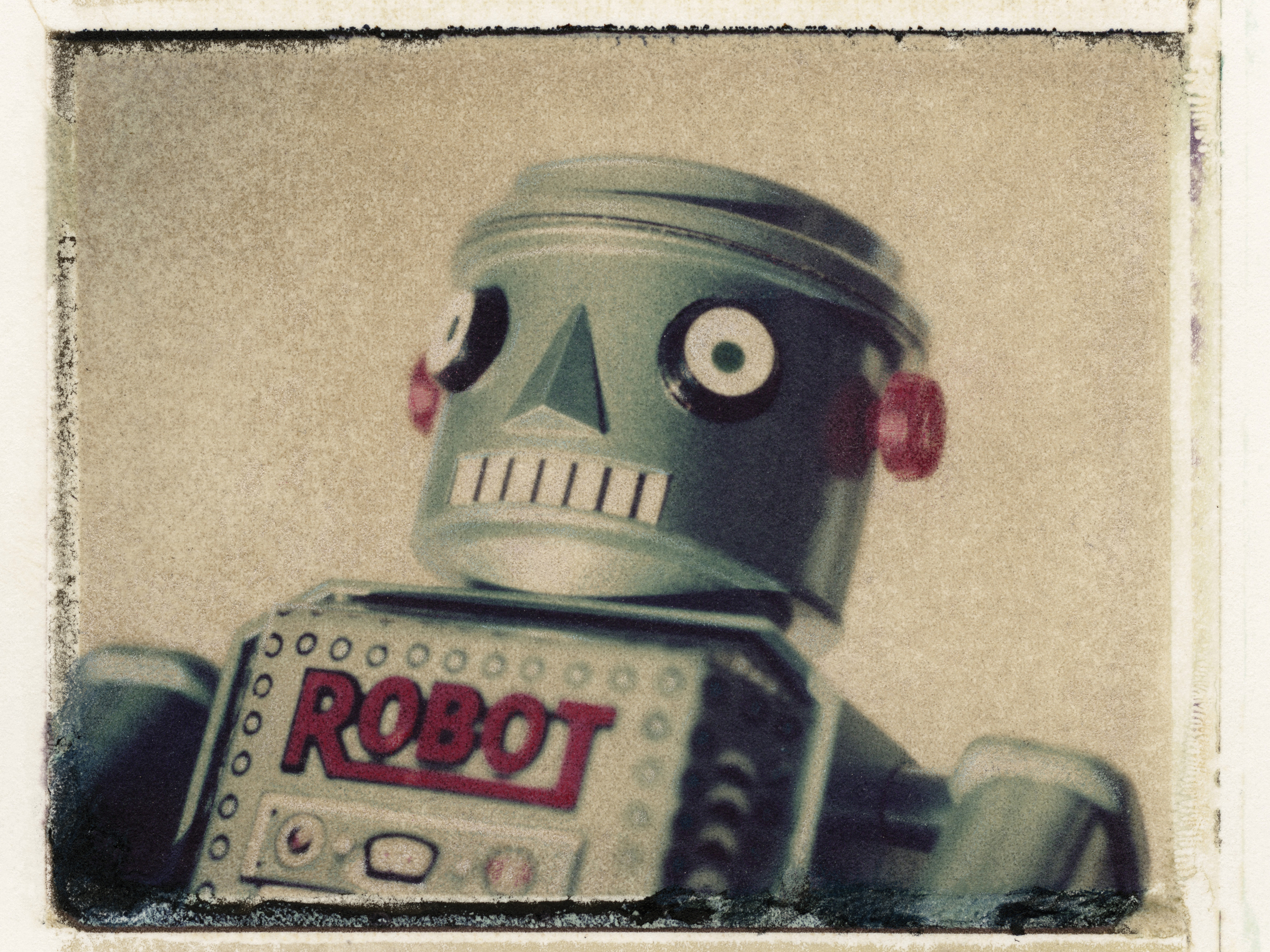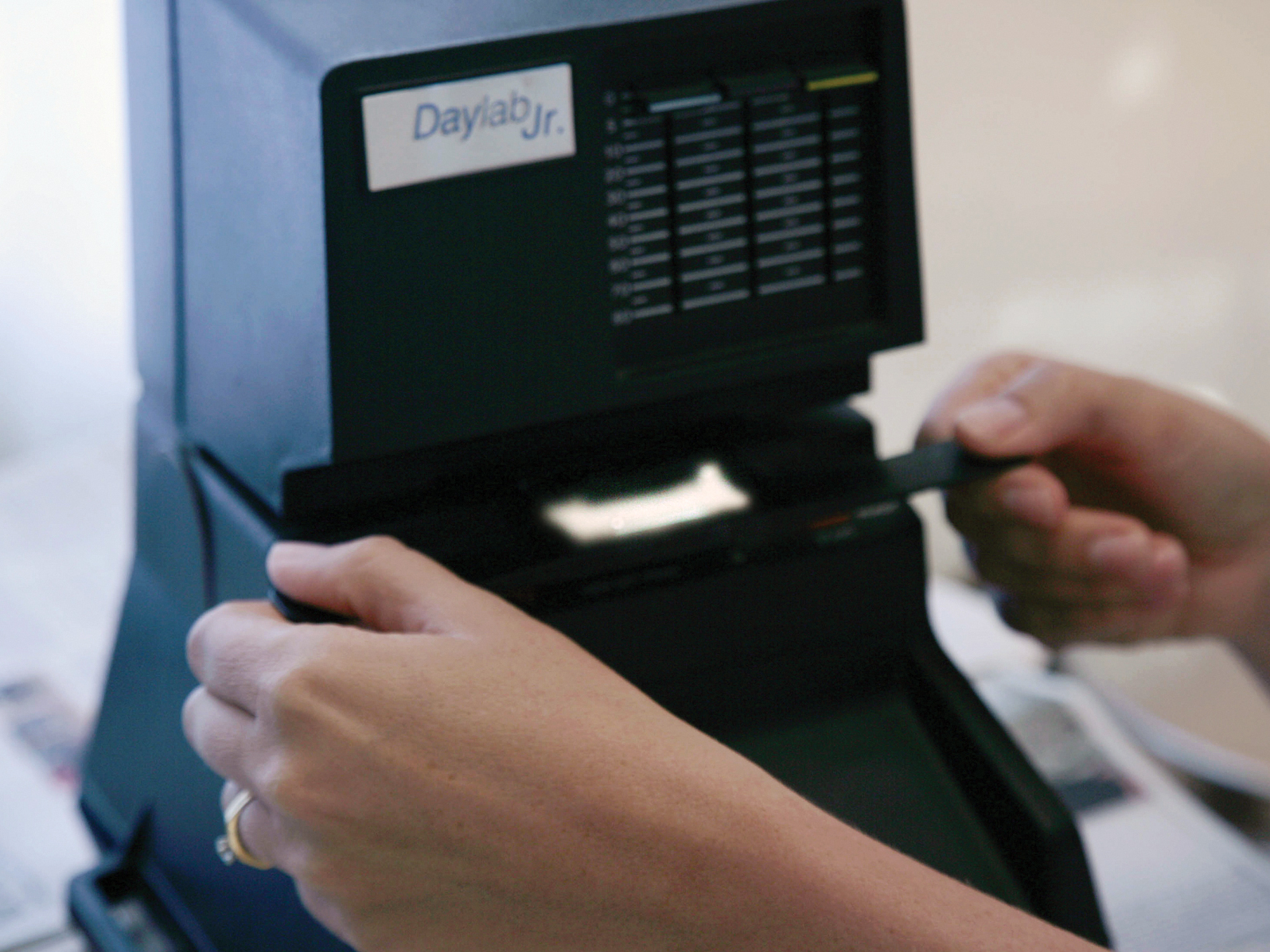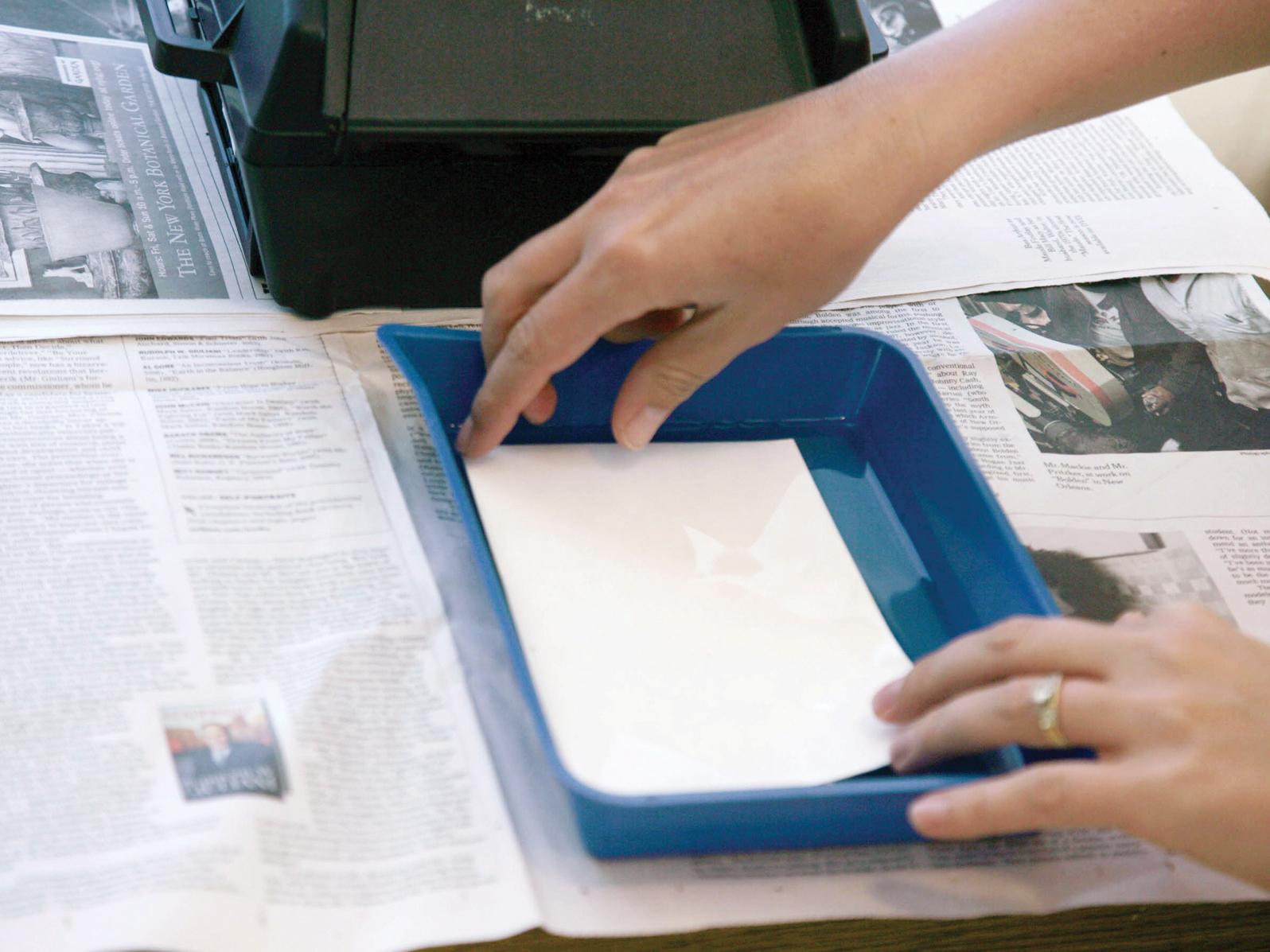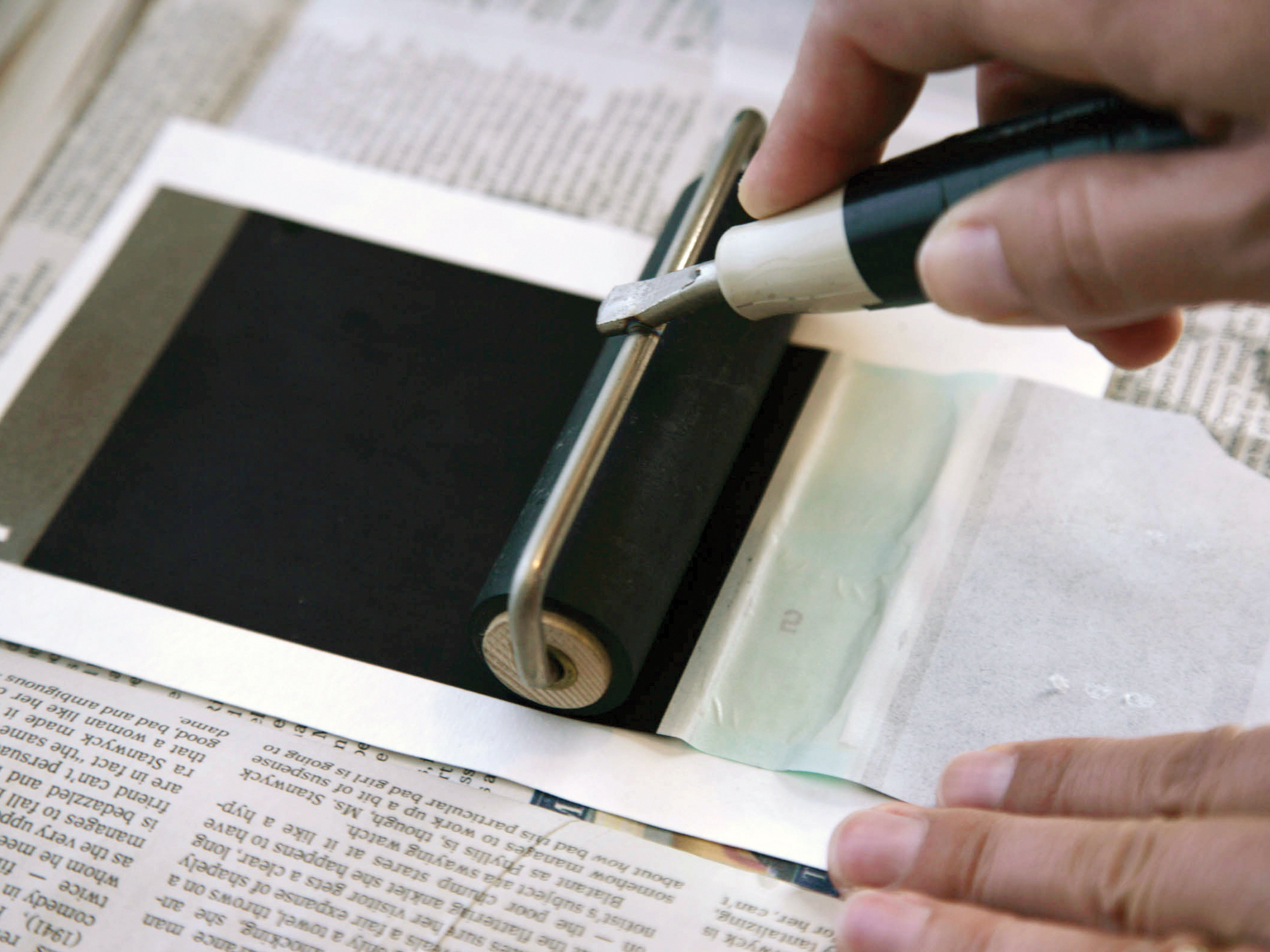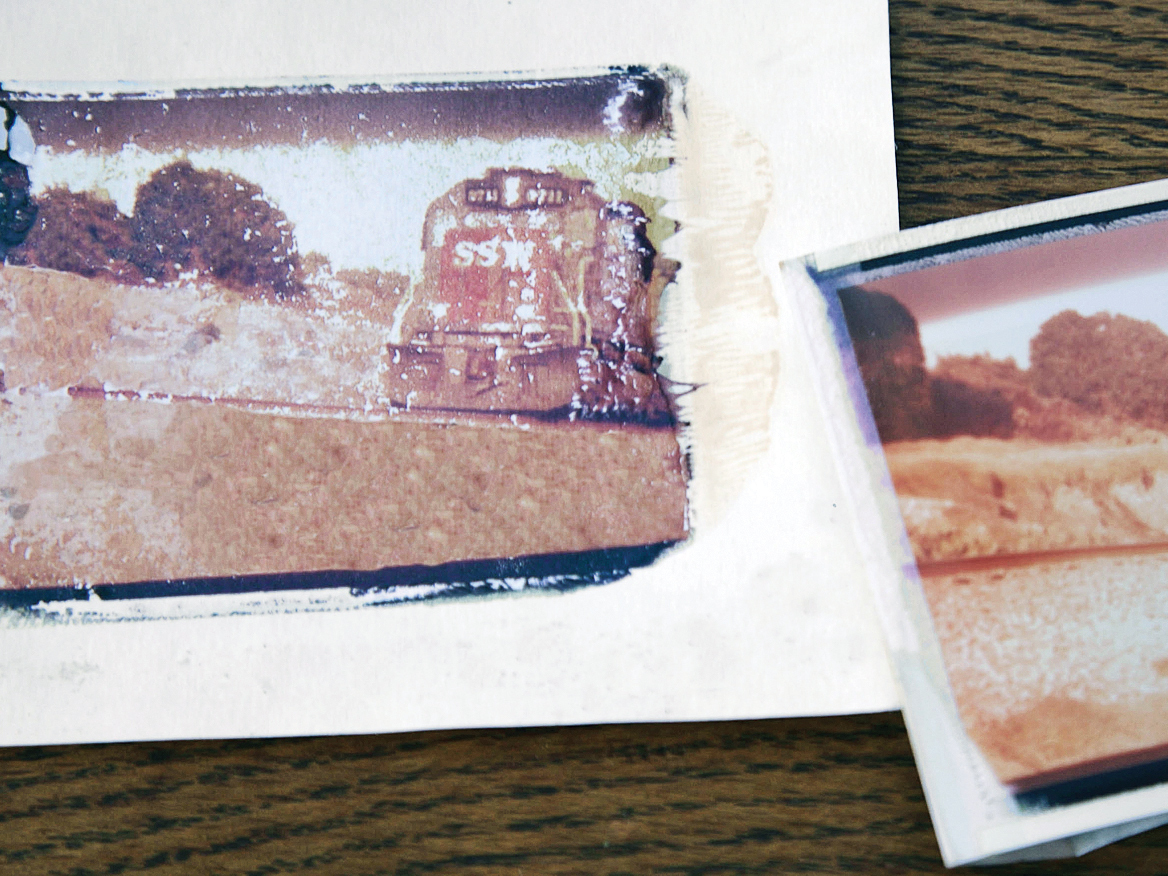For those who still long for a tangible connection with film photographs, Polaroid transfers can transform ordinary photos into Impressionist masterpieces. With a Daylab slide printer or old Polaroid Land camera, you can easily turn your favorite old slide images into framable pieces of art.
The process is fairly simple: Polaroid negatives are rubbed (transferred) onto textured watercolor paper (or other materials, if you’re so inspired). The resulting ethereal images appear to be antiques from their weathered appearance. And because the look is almost ghostly, even unintentional “mistakes” may become your favorites.
Polaroid announced it would stop manufacturing film in April 2008, but Fuji makes a comparable film called Fuji FP-100C.


